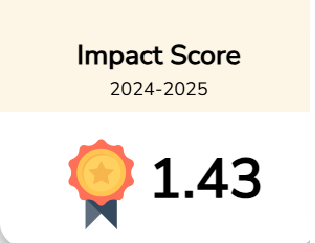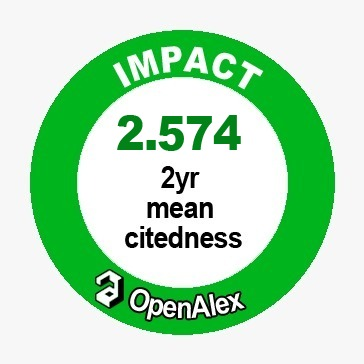User acceptance determinants in m-banking adoption
Downloads
Purpose: This study investigates the factors influencing the adoption of mobile banking (m-banking) in Nepal. It seeks to identify the key determinants of user acceptance in a context where concerns about safety and trust persist.
Design/Methodology/Approach: Questionnaires were used to gather data from 240 respondents out of a total sample size of 300. Regression, ANOVA, post-hoc analysis and other descriptive and inferential statistics were used to examine the relationships between perceived risk, trust, convenience, relative benefits and m-banking adoption in Nepal.
Findings: Perceived risk was found to have a significantly negative relationship with m-banking adoption. Relative advantages showed a strong positive relationship with adoption. However, trust had a negligible impact and convenience did not demonstrate statistical significance. Age and education significantly affected user acceptability with users over 50 and those with advanced degrees showing higher acceptance.
Conclusion: The study suggests focusing on the relative benefits of mobile banking and addressing perceived risk in order to increase users’ confidence. The findings suggest that trust may not be a significant factor and convenience's role remains uncertain. Banks should adapt their strategies to accommodate customers of various ages and educational levels.
Practical Implications: The findings guide financial institutions and regulators to improve m-banking adoption. Implementing user-friendly, low-risk, low-cost financial services and financial literacy programs can enhance user acceptance. This study applies the technology acceptance model to Nepal and emphasizes the need for a national strategy to promote formal financial services including m-banking. It helps understand technology adoption in emerging economies.





